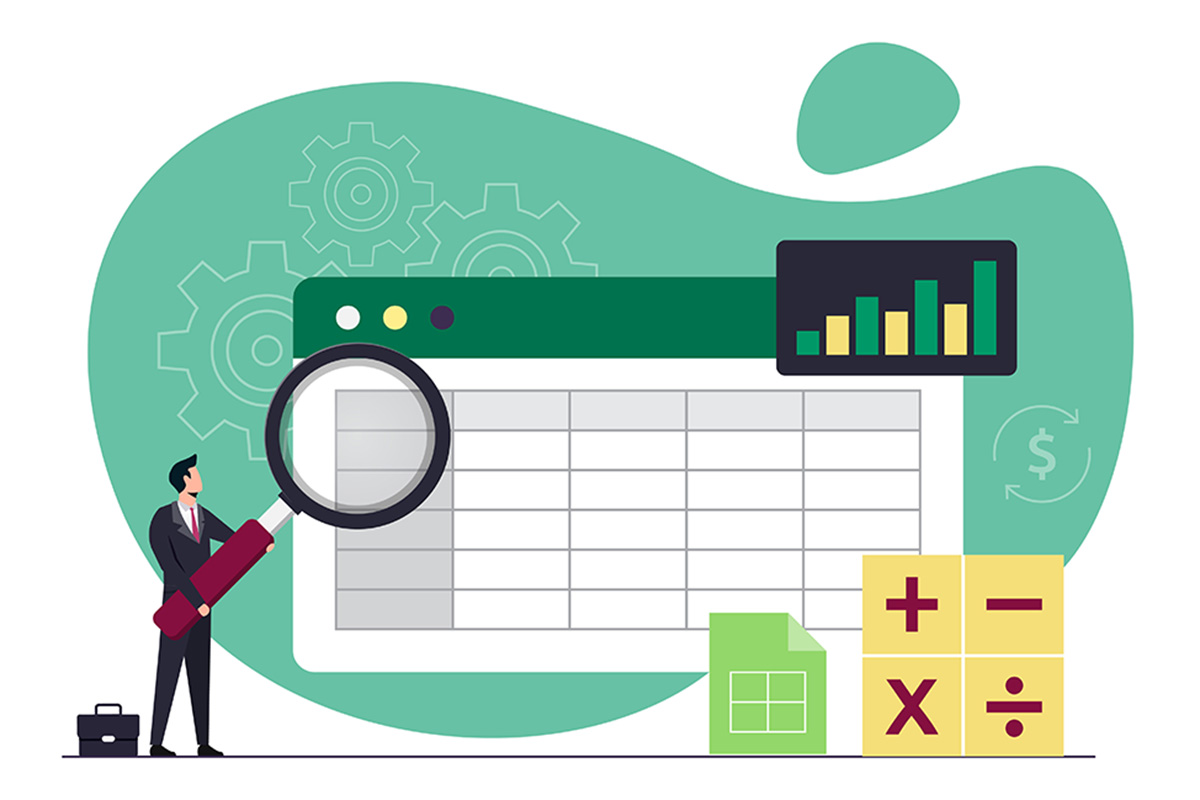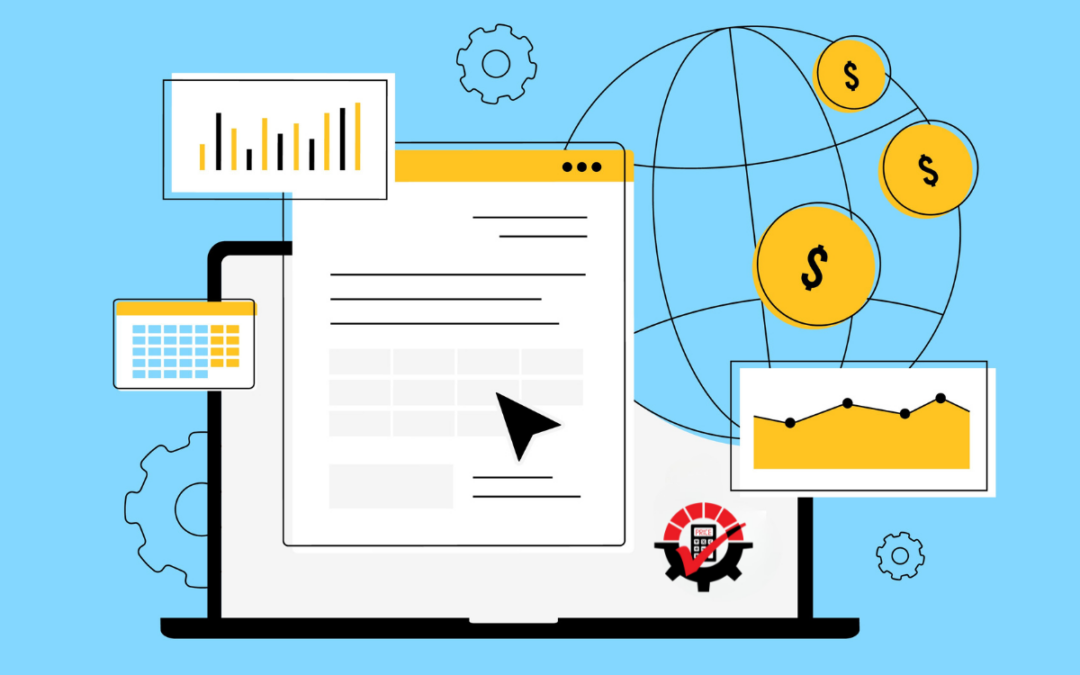Who here uses Excel spreadsheets for managing your pricing? Does this sound like you – copying, pasting, and updating a new file every time? Then, listen up — not only is there a better way, but using Excel spreadsheets for pricing management could be hurting your business. We’re not saying Excel is bad. They make it easy to combine data, use complex formulas, and summarize and visualize data. We’re just saying that you should use Excel for instances other than pricing. Here’s why.
Excel Spreadsheets are Error-Prone.
Did you know that 88% of Excel spreadsheets contain errors? Although their intuitive formulations are effective at calculating price, it does not prevent human error. Manual data entry can cause accidental deletion, forgetting to include cells in formulas, forgetting to save, and other instances.
You’re probably familiar with copying and saving multiple versions of a spreadsheet, but that inconsistency can cause more problems. One survey found that 44% of businesses have issues with multiple versions of spreadsheets.
They are Time-Consuming.
Updating pricing in an Excel sheet is a time suck. In that same study, respondents said they spend 12 hours every month “consolidating, modifying and correcting spreadsheets they collaborate on with others and reuse frequently”. That may not sound too bad, but every penny adds up. The more hours spent on unnecessary work, the more you must pay your employees – just saying. In addition, the repetitive nature of copying, editing, and saving can lead to more errors since employees don’t have to concentrate on the pricing updates.
Where’s the Visibility and Real-Time Data? Nowhere.
Excel spreadsheets specialize in giving you all the raw data at once and are not designed to keep it a manageable size. This makes determining what is important and what is not challenging, thus leading to misinterpretation. And as a result, your team could make poor choices or take actions harmful to the business.
Because there are numerous files being saved, businesses have the potential of losing their historical data, making it hard or impossible to spot trends over time and compare data across longer periods. And let’s not forget the difficulty in sharing Excel with others.
So, What’s Better than Excel Spreadsheets?
We’ve listed the reasons why you should not use Excel spreadsheets for managing your pricing. Now, let’s show you how Rockton Pricing Management can be your solution. Rockton Pricing Management can help automate the most complex and obscure pricing scenarios and calculations, which can help reduce errors, decrease time spent on repetitive tasks, and increase visibility of real-time data.
Like those intense formulas in Excel, Rockton Pricing Management does the calculations behind the scenes. However, with RPM, you won’t have to input a formula at all, only your price change or discount. You can copy the existing sheet (no need for pasting), change what you need, and upload it back into RPM which will deliver the updated price changes into Dynamics GP or Acumatica in the background. You can see how RPM came up with the price change and understand how it is affecting your margin or unit price for better visibility and accuracy.
Does that sound like something you’d be interested in? Learn more about Rockton Pricing Management here, discover if this pricing management tool is right for you here, or book a one-on-one demo to see how it works.







